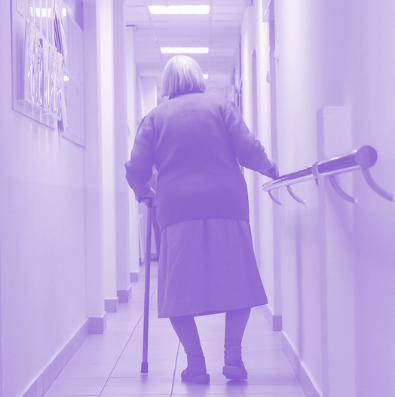Frailty costs counted
 Frailty among older Australians is proving to be an expensive challenge for the healthcare system.
Frailty among older Australians is proving to be an expensive challenge for the healthcare system.
According to new research from Flinders University, frailty significantly increases healthcare costs, primarily due to higher service use, frequent hospitalisations, and longer recovery times.
These findings highlight an urgent need for better strategies to tackle the issue before it escalates further.
A new study, published in Geriatrics & Gerontology International, reveals that the cost burden of frailty is projected to rise sharply as Australia's population ages.
Using data from the Registry of Senior Australians, the research compared the economic costs between frail and non-frail older adults.
Over three years, the total healthcare costs for 39,363 frail individuals, first assessed in 2013, amounted to $1.28 billion, compared to an estimated $885 million had they not been frail.
This discrepancy results in an additional annual cost of $130.8 million to the healthcare system, largely driven by hospital admissions.
Frailty not only places a financial strain on the system but also significantly impacts the lives of older adults.
Frail individuals are 76 per cent more likely to die and 73 per cent more likely to enter permanent residential aged care compared to their non-frail counterparts.
Professor Jon Karnon, a health economist at Flinders, points out the stark cost difference between frail and non-frail individuals.
“The cost difference between frail and non-frail individuals is stark, and it shows just how critical it is to prioritise health interventions that can mitigate the progression to frailty,” he said.
Karnon warns that failure to act now could lead to “preventable costs that could be managed through more proactive care”.
The authors call for increased investment in frailty prevention programs and a reassessment of healthcare policies.
Current approaches do not include systematic frailty assessments in the general older population, though frailty is identified during aged care assessments by government-funded Aged Care Assessment Teams (ACATs).
Karnon suggests that healthcare policies need to adapt, citing evidence that interventions like physical exercise, nutrition, and multidisciplinary care can help manage frailty, though such measures are not yet standard practice.
The research predicts that the prevalence of frailty in Australia will rise, with the proportion of older adults classified as frail expected to grow from 11 per cent in 2016 to 16 per cent by 2027.








 Print
Print